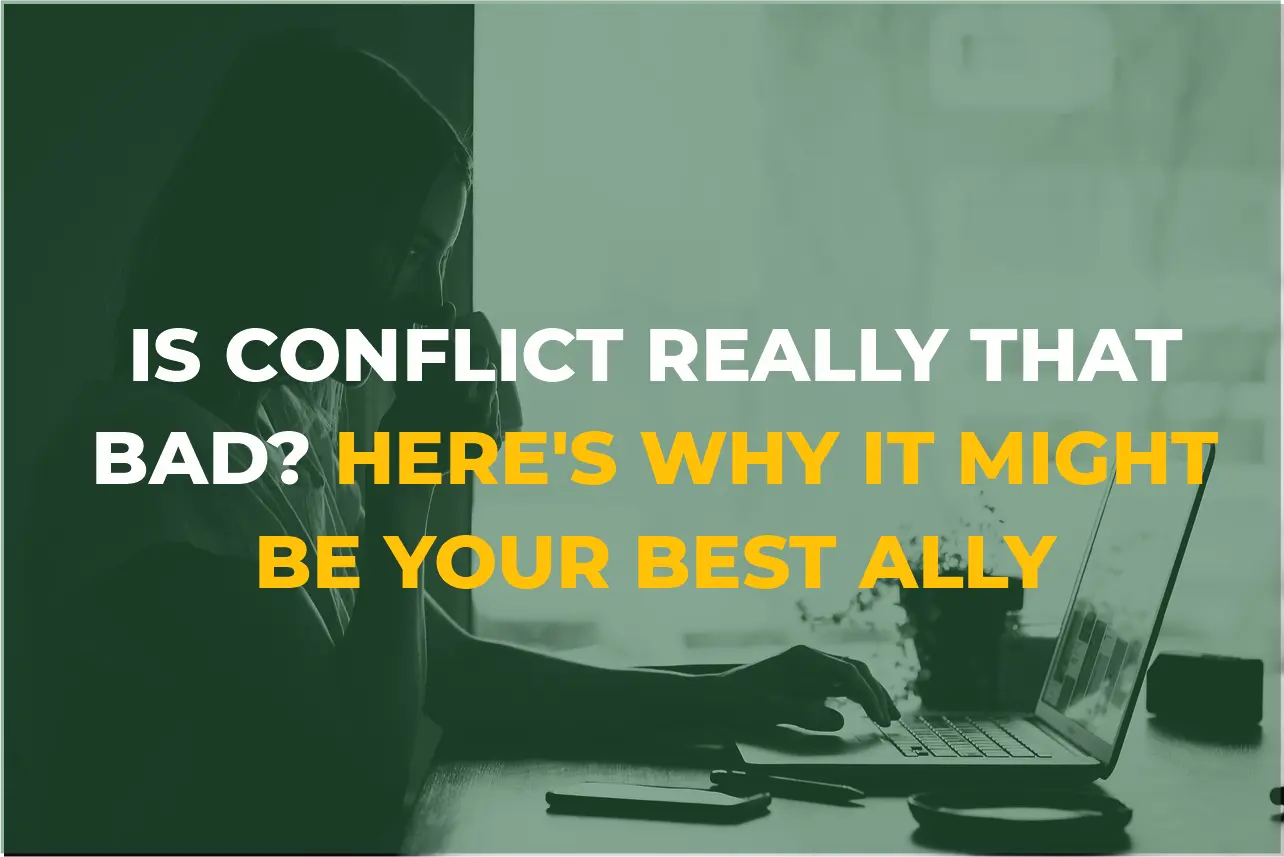Boost Team Cohesion and Trust with These Conflict Resolution Techniques

Today, we tackle a subject that, while often overlooked, holds the key to unlocking unparalleled success: conflict resolution. Imagine possessing a superpower that not only smoothes internal friction but also propels your business forward. In the bustling, diverse African market, mastering conflict resolution can be the game changer your business needs. Let’s delve into how you can leverage this skill to elevate your team dynamics and business growth.
The Hidden Potential of Conflict
Conflict is often seen in a negative light, but the truth is, it’s not inherently bad. Conflict signifies that team members are engaged and invested. The real danger lies in ignoring these conflicts, allowing them to fester and grow into larger issues. Effective conflict resolution can transform potential disruptions into opportunities for growth and innovation.
Strategy 1: Establish a Clear Conflict Resolution Policy
- A step-by-step process for addressing conflicts as they arise.
- Guidelines for what constitutes healthy, constructive debates.
- Behaviors that are unacceptable, such as harassment or insubordination.
Strategy 2: Educate and Train Your Team

Strategy 3: Harness the Power of “I” Statements
- They minimize blame by focusing on personal feelings rather than accusations.
- They promote problem-solving by making the issue the focal point, not the people involved.
- They foster empathy and understanding by highlighting the impact of actions on others.
- “I felt overwhelmed when the deadline was missed because it affected my workload,” instead of, “You missed the deadline and ruined my schedule!”
- “I feel my contributions are overlooked when individual projects take priority over team goals,” rather than, “You always focus on your own work instead of the team’s projects!”
Strategy 4: Conduct Role-Playing Exercises

Role-playing helps embed conflict resolution skills within your team. Create scenarios where members practice reframing accusatory statements using “I” statements. This exercise not only builds confidence but also enhances empathy and collaborative problem-solving.
Strategy 5: Foster a Culture of Continuous Improvement
Conflict resolution is not a one-time task; it’s an ongoing process. Regularly revisit and refine your procedures, seeking feedback from your team. Encourage open dialogue and create a safe environment where team members feel comfortable voicing concerns and suggestions.
